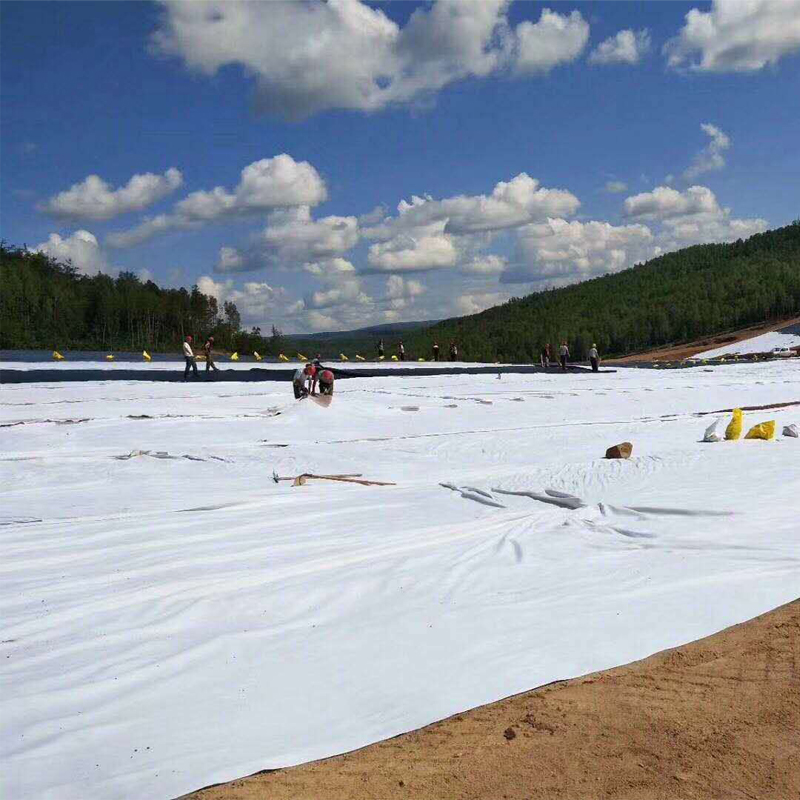As global awareness of environmental protection continues to grow, the construction industry is actively exploring more environmentally friendly and sustainable materials. Nonwoven geotextile, as a synthetic material widely used in civil engineering, has garnered widespread attention for its environmental characteristics. This article will delve into the environmental performance of nonwoven geotextile during its production and use, as well as how it helps reduce the negative impact of engineering projects on the environment.
Production and Environmental Protection of Nonwoven Geotextile
Nonwoven geotextile is formed by fixing a fiber web through methods such as needle-punching, thermal bonding, or chemical bonding. Compared with traditional woven geotextile, nonwoven geotextile significantly reduces energy consumption and waste generation during the production process. For example, the needle-punching process does not require extensive use of water and chemicals, thereby reducing the dependence on water resources and pollution risks. Additionally, modern production technologies make the manufacturing process of nonwoven geotextile more efficient, reducing waste of raw materials.
Use and Environmental Protection of Nonwoven Geotextile
In civil engineering, nonwoven geotextile is widely used in various fields such as road construction, dam reinforcement, and drainage systems. Its excellent water permeability and filtration performance not only enhance the stability of engineering structures but also help protect groundwater resources from contamination. For instance, in road construction, nonwoven geotextile can serve as a separation layer, preventing soil particles from entering the drainage system, thus keeping the water clean. Furthermore, the corrosion resistance and anti-aging properties of nonwoven geotextile extend its service life, reducing the need for frequent material replacement and further lowering environmental burdens.
Nonwoven Geotextile and Ecological Restoration
Besides its applications in construction projects, nonwoven geotextile also plays an important role in ecological restoration projects. In wetland conservation, desert greening, and other projects, nonwoven geotextile can serve as a support medium for vegetation growth, promoting the development of plant roots and enhancing soil stability. This application not only helps improve the ecological environment but also boosts biodiversity. Additionally, the degradability of nonwoven geotextile allows it to gradually decompose under natural conditions without causing long-term environmental impact.
Through these applications, we can see the great potential of nonwoven geotextile in terms of environmental protection. It not only reduces the negative impact of engineering projects on the environment but also plays an important role in ecological restoration. Choosing and using this eco-friendly material helps achieve a more harmonious relationship between humans and nature, collectively safeguarding our planet.
Understanding Woven vs. Nonwoven Geotextiles: Which One is Right for Your Project?
When embarking on a landscaping or civil engineering project, the...
Read MoreStaple Fiber Nonwoven Geotextile Fabric
Staple Fiber Nonwoven Geotextile Fabric wholesale, solution, customize Product Instruction...
Read MoreFilament Nonwoven Geotextile Fabric
Filament Nonwoven Geotextile Custom, Wholesale Manufacturer Global shipping Mainly Features...
Read More




